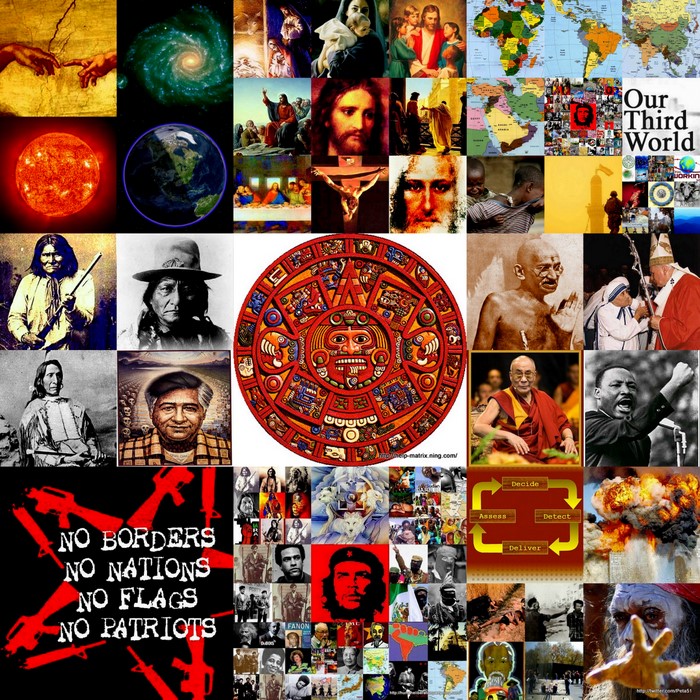http://bit.ly/dOtcqv
+++++++++++++++++++++++++
Comment: I love Twitter, monitor a few Yahoo Groups, have blogs and am pretty much 'presente' on the Internet. Twitter is my Favorite social networking website.
More important we need to focus on social networking to raise consciousness to help wake people up in conjunction with promoting basic literacy, including computer literacy.
Emails revived the nearly lost art of letter writing; text messages used by many youth has improved literacy and in general it is good to help increase the people's education for eventual liberation. Education is the great equalizer. ~Che Peta
LINKS: ~ http://twitter.com/Peta_de_Aztlan ~
http://www.facebook.com/Peta51 ~
Venceremos! We Will Win!
Peta_de_Aztlan
Sacramento, California
Email: peter.lopez51@yahoo.com
http://twitter.com/Peta_de_Aztlan
http://www.facebook.com/Peta51
http://help-matrix.ning.com/
"Those who make peaceful revolution impossible, make violent revolution inevitable." ~ President John F.Kennedy ~ c/s
+++++++++++++++++++++++++
Comment: I love Twitter, monitor a few Yahoo Groups, have blogs and am pretty much 'presente' on the Internet. Twitter is my Favorite social networking website.
More important we need to focus on social networking to raise consciousness to help wake people up in conjunction with promoting basic literacy, including computer literacy.
Emails revived the nearly lost art of letter writing; text messages used by many youth has improved literacy and in general it is good to help increase the people's education for eventual liberation. Education is the great equalizer. ~Che Peta
LINKS: ~ http://twitter.com/Peta_de_Aztlan ~
http://www.facebook.com/Peta51 ~
Venceremos! We Will Win!
Peta_de_Aztlan
Sacramento, California
Email: peter.lopez51@yahoo.com
http://twitter.com/Peta_de_Aztlan
http://www.facebook.com/Peta51
http://help-matrix.ning.com/
"Those who make peaceful revolution impossible, make violent revolution inevitable." ~ President John F.Kennedy ~ c/s



 Font Resize
Font Resize
No comments:
Post a Comment
Please keep comments humane!